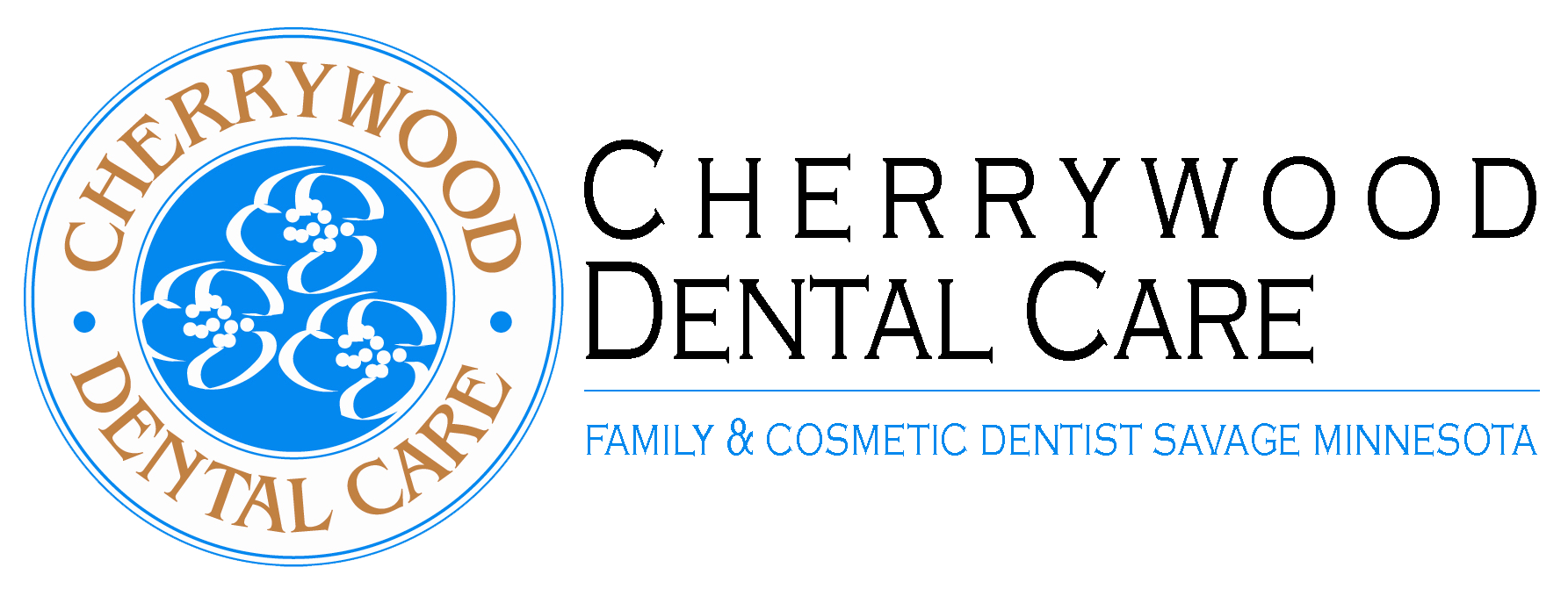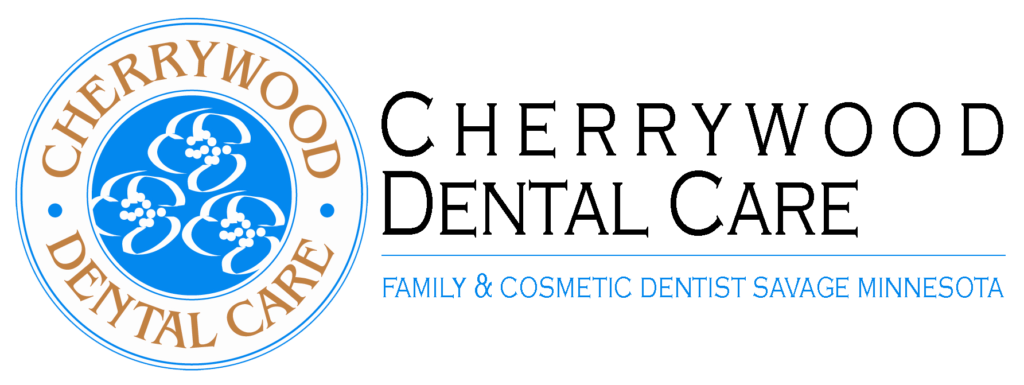Can A Cracked Tooth Be Saved
A cracked or fractured tooth occurs due to trauma, tooth grinding, aging, and other causes. You might not have any symptoms of a cracked tooth. Or you may have experienced increased sensitivity, swelling, or pain. Your dentist will have a variety of solutions to treat a cracked tooth, based on the location and severity.
A fractured tooth, usually called a cracked tooth, is simply when a crack appears in your tooth. The crack may be small and harmless, or it can cause your tooth to split or break.
A cracked tooth is most common in both children and older people, although it can happen to anyone. If you think you have a cracked tooth, visit your dentist right away.
What Parts of a Tooth can Crack?
Your teeth consist of two parts:
- The crown- Which is the visible part above your gums.
- The root- Which lies beneath your gums.
Both the crown and the root are made up of several layers:
- Enamel- The hard white outer surface.
- Dentin- The middle layer under the enamel.
- Pulp- A soft inner tissue in the center full of blood vessels and nerves.
Tooth fractures might affect any of these layers. The proper treatment for a cracked tooth depends on the location of the crack and the severity.
A cracked tooth may hurt or feel sensitive, although some cracks cause no symptoms. Seeking out treatment sooner will increase your chances of repairing a cracked tooth.
Symptoms and Causes
The most common causes of a cracked tooth are:
- Your age, with the frequency of a cracked tooth happening more often over the age of 50.
- Biting hard foods, such as hard candy, ice, or popcorn kernels.
- Certain habits, like aggressive gum chewing.
- A dental filling or a root canal, both weaken the tooth.
- Teeth grinding, or bruxism.
- Trauma, such as falls, sports injuries, accidents, or physical violence.
Which Teeth are Most likely to Crack?
Cracks happen more often on the upper front teeth and the teeth at the back of your lower jaw. Though people frequently fracture one tooth, a severe injury or trauma might cause cracks in multiple teeth. If you have cavities, you are at a higher risk of developing a cracked tooth.
What are the Symptoms of Cracked Tooth Syndrome?
The primary symptoms for a cracked tooth include:
- Pain that comes and goes.
- A toothache when biting or chewing.
- Increased sensitivity to temperature changes.
- Swelling around the tooth.
Treatment to Save a Cracked Tooth
Treatment for a cracked tooth depends on the damage. Common treatments include:
- Bonding- A plastic resin which fills in the crack.
- Cosmetic contouring- Polishing the rough edges of the cracked tooth.
- Crown- A porcelain or ceramic cap is fitted over the cracked tooth. This protects your natural tooth.
- Veneer- A thin covering of porcelain applied to the front surface of the tooth. This is an option when you have a significant amount of your natural tooth left.
- Root canal- The removal of infected pulp when the fracture has extended into the pulp.
- Extraction- The complete removal of your tooth when it shows severe damage.
Your dentist may recommend not repairing a cracked tooth at all. This could happen when your fracture does not:
- Affect your appearance or smile.
- Cause you any pain.
- Extending very deep, like a think hairline crack.

